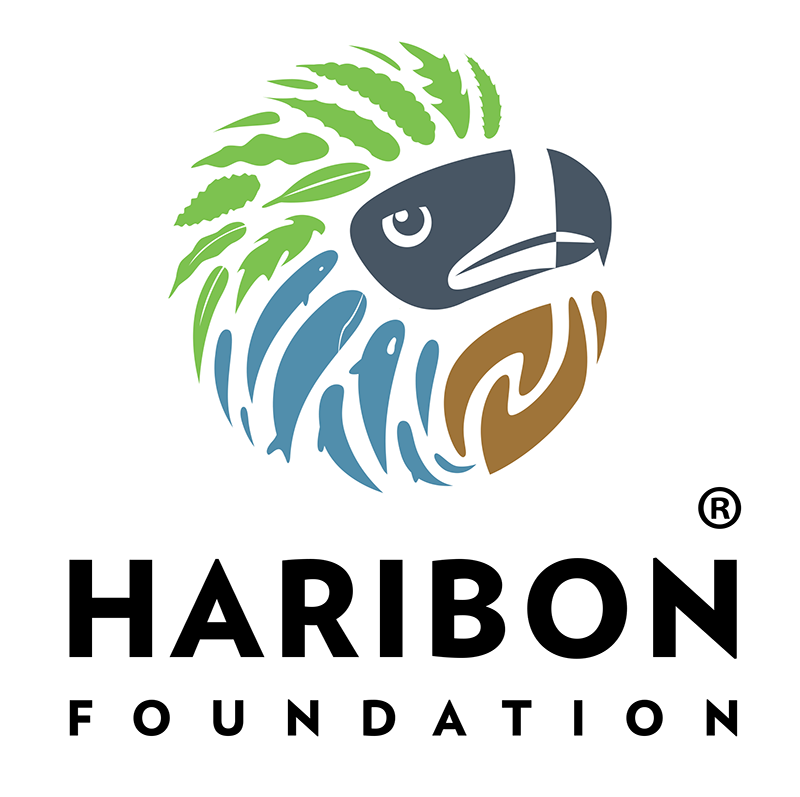The Philippine Eagle is one of the largest eagles in the world and is a powerful symbol both of national identity and of biodiversity conservation in our country. In order to know more about the Philippine Eagle and to understand how to better propagate conservation awareness, it is necessary that we ask what the people near forest know and how they regard the bird.
The most powerful symbol of both national identity and biodiversity conservation in the Philippines. Photo by Klaus Nigge.
by Kevin Carlo Artiaga.
Research Department, Haribon Foundation.
July 6, 2013
The Philippine Eagle is one of the largest eagles in the world and is a powerful symbol both of national identity and of biodiversity conservation in our country. In order to know more about the Philippine Eagle and to understand how to better propagate conservation awareness, it is necessary that we ask what the people near forest know and how they regard the bird. That is what Haribon did in the last two months (May and June) in the municipality of General Nakar, Quezon Province in order to come up with information that can help in research on the eagle and in designing awareness-raising activities for our national bird.
The perception survey on the Philippine Eagle is an activity which is part of the Preventing Extinctions Programmefor the Philippine Eagle. As the national partner of the Birdlife International, a non-government institution based in the United Kingdom, we took on the challenge of being Species Guardians of the Philippine Eagle, with financial support from our Species Champion, the Swedish Ornithological Society, and with additional funding from Toyota Japan. Under this project, we aim to conduct research on the Philippine Eagle in the Mt. Irid-Mt. Angelo Important Biodiversity Area in General Nakar, promote conservation awareness on the Philippine Eagle, and gain broader support for its conservation. This means that we work closely in partnership with the Department of Environment and Natural Resources as well as the local government of General Nakar.
We interviewed local residents of Barangays of Pagsangahan, Maligaya, and Umiray in General Nakar in order to know their understanding on the Philippine Eagle and its ecosystem, to help increase our knowledge about our project sites – including threats to the Philippine Eagle and the forest, and to know how they perceive the Philippine Eagle, something which can be used in planning activities for awareness-raising in the community. We made sure to interview individuals who interacted with the forest on a regular basis in order to ensure that we were getting the views and knowledge of the people who interact with the forest and/or Philippine Eagles on a regular basis. Our data was also enriched by the fact that we were able to interview members of the Dumagat tribe in General Nakar, who had a close relationship with the forest and were thus the most informative respondents.
Kevin Carlo Artiaga sat down with local communities to get to know their perspectives on the Philippine Eagle.
The information gathered will be of great help in drafting conservation measures for the Philippine Eagle and its ecosystem, and in designing better strategies to come up with Information, Education, and Communication materials to raise awareness in General Nakar. The conservation of the eagle and its ecosystem is important for many locals depend on it for their needs.
Mere feathers of the Philippine Eagle might be all we have left if we don’t find ways to work with communities to save them. It’s the only way.
For all the work that Haribon has been doing in its more than 40 years of proven track record on biodiversity conservation, it has always been the local communities who have the power to protect and preserve the biodiversity of our ecosystems. It is the local communities who interact with these ecosystems on a daily basis, and they get to decide what to take and what to give back to the environment. It is them who will continue to do these things long after the Haribon projects have been completed.
It is therefore important that we learn from what local communities can teach us about conserving our national bird, and to know what ideas for conservation we can give back to them in return. After all, it is in local communities that our hopes for conserving the Philippine Eagle and the forests lie.
This Haribon article can also be found on the July 7 issue of the Manila Times:http://www.manilatimes.net/getting-to-know-the-philippine-eagle-through-people/16290/
